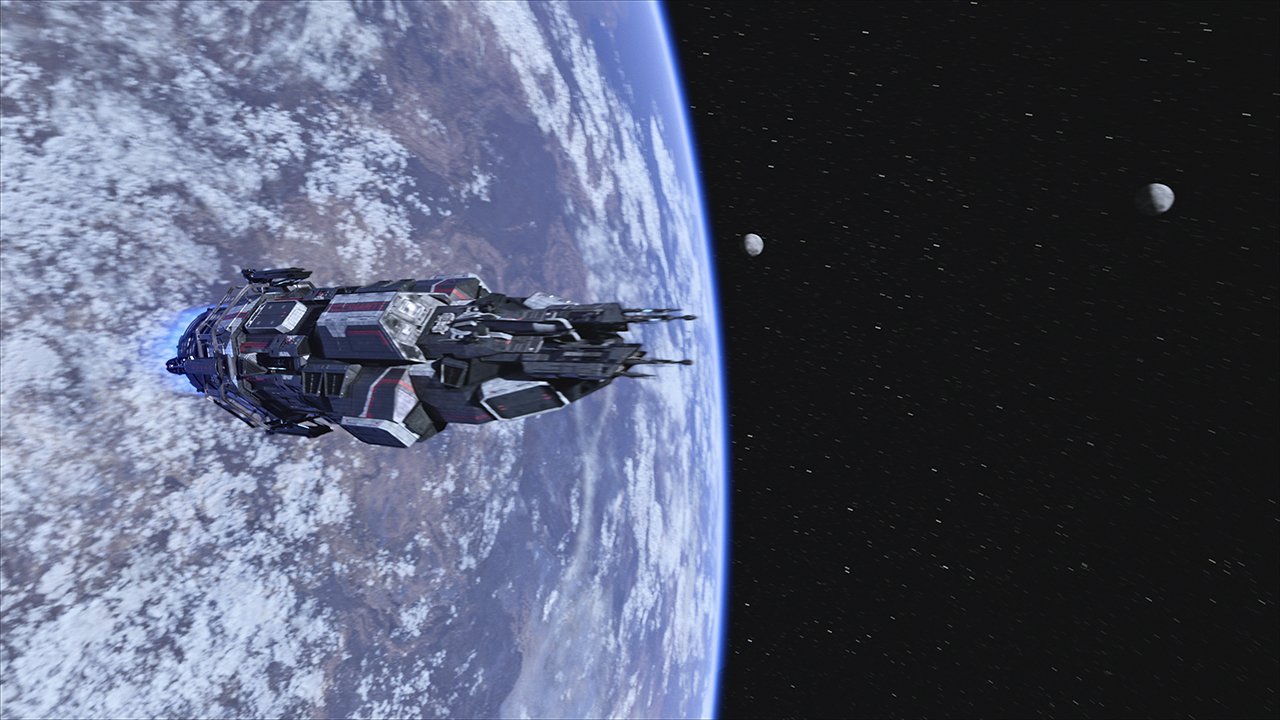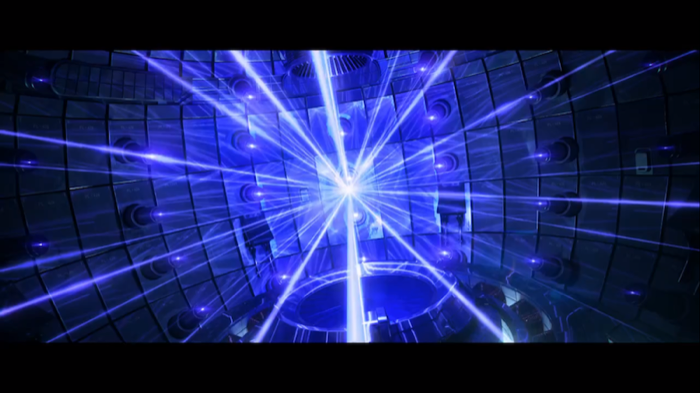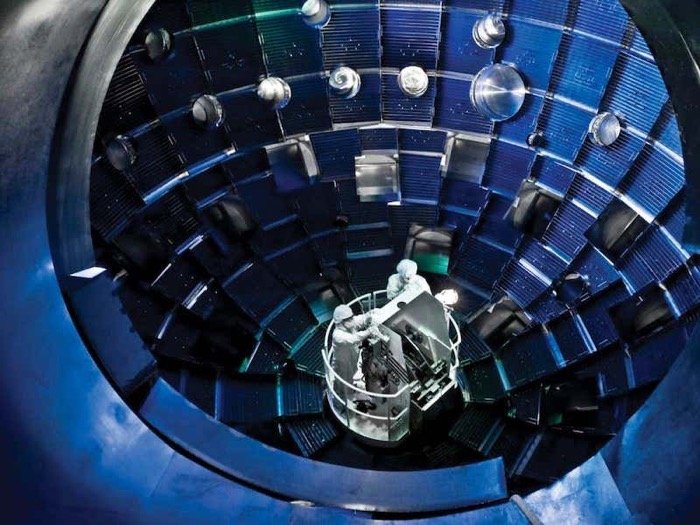U.S. Scientists Achieve Net Gain Nuclear Fusion, Making 'The Expanse' A Reality Still Centuries Away
Image Source: Science.org
Science fiction has often been a prelude to future technologies. The proof is everywhere. Star Trek in the 60s foretold the use of portable phones. The Jetsons had a machine in the home that printed meals, and now we have 3D-printed food. Even The World Set Free, published in 1914 by H.G. Wells, predicted the splitting of the atom and atomic power. One of the most successful and best-reviewed sci-fi shows of all time, The Expanse, predicts a future where humanity can travel between the solar system planets using fusion-powered, continuous-propulsion starship drives.
Today, that future feels closer than ever. Scientists at Lawrence Livermore National Laboratory in California, on December 5th, successfully produced a fusion reaction that produced a net gain in energy. That’s the sticking point. In all previous attempts, the amount of energy needed to get a reaction was greater than the result, until now.
RELATED:
This should all be taken with some cautious optimism, however, as it will likely be decades, or as the Times puts it, if ever, before there’s a commercially viable power plant that could be constructed. The director of the Laboratory, Kimberly S. Budil said it’ll take “…decades…Not six decades, I don’t think. I think not five decades, which is what we used to say…a few decades of research on the underlying technologies could put us in a position to build a power plant.” (New York Times, 2022)
The reaction was achieved with a new approach at the National Ignition Facility at the National Laboratory. In the past, facilities have used superheated hydrogen gas trapped with magnets to fuse the nuclei. Now, the NIF uses lasers that bombard a small cylinder with hydrogen contained in a diamond. The lasers vaporize it, which in turn generates X-rays that compress a fuel pellet of deuterium and tritium. The result of the compression produces neutrons, and the energy of their release is the goal. It lasted around 100 trillionths of a second and produced roughly 1.5 megajoules of energy more than the lasers hit it with.
The Rocinante Fusion Reactor
Image Source: Reddit
It looks much like the shipborne reactors on the ships of the show The Expanse. While viewers don’t get a glimpse inside one of the reactors of the ships until the fourth season, the depiction of the reactor in the show is nearly identical to the NIF. A spherical chamber, surrounded by lasers, all that fire at a “fuel pellet” to cause a reaction. In The Expanse, for a ship to move relatively quickly through the Solar System, they need the use of these reactors to power the drive, a form of continuous propulsion fictionally created by Solomon Epstein. For the most part, The Expanse is hard science fiction, with trips between planets taking weeks. No warp or hyperspace drives. Ships accelerate until they reach the halfway point, flip, and then burn to slow down until they reach their destination.
The NIF Fusion Reactor
Image Source: New Scientist
The NIF is old, though. To produce the 2-megajoule lasers…it needs 300 megajoules from the grid to do so. The NIF is also about the size of three football fields, and it only fires about 10 laser shots a week. According to the Times, it would need to be much faster, somewhere on the level of about 10 shots a second. To produce a commercially viable and cheap version, a power plant will need to do this and produce an energy gain of 30 to 100 times the amount they just did.
While the announcement today was monumental and immensely promising, there’s a long, long way to go before fusion reactors become small enough to put on ships. The Expanse takes place about 300 years in the future. If we’re decades away from even getting a power plant, then anyone reading this, by Expanse reckoning, is never going to see nuclear fusion-powered vessels taking us through the system. Their great-grandchildren will probably not see it.
But, if science fiction has taught us anything, maybe it’s closer than we think.
READ NEXT:
Source(s): New York Times, The Expanse Wiki














